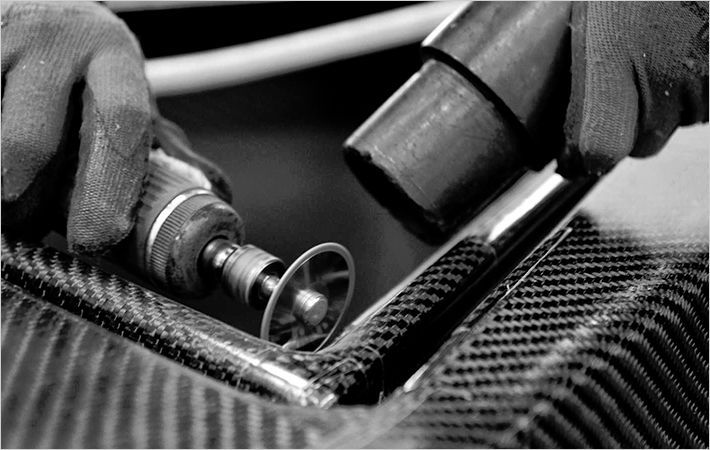Fraunhofer Institute for Silicate Research ISC in Würzburg, with support from industry partners and colleagues from the Fraunhofer Institute for Integrated Circuits IIS in Erlangen, have made a novel pressure-monitoring stocking to help protect against wounds for diabetics. They would exhibit the stockings at SENSOR+TEST expo, to be held from May 19 to 21, 2015, at Nuremberg.
Diabetics often have little feeling in their feet and don’t perceive the body’s pressure or temperature signals there. This can result in unnoticed wounds that then develop into abscesses. The stockings send a warning when the pressure is too high via an integrated sensor system.Fraunhofer Institute for Silicate Research ISC in Würzburg, with support from industry partners and colleagues from the Fraunhofer Institute for #
In a statement, Fraunhofer ISC research scientist Dr. Bernhard Brunner said, “Existing systems on the market measure the pressure distribution only on the bottom of the foot using shoe inserts. Our sensors are attached to the stocking’s sole, at the heel, the top of the foot and the ankle, so they can take readings in three dimensions. This is a totally new approach.”
In total, 40 very fine, dielectric elastomer sensors measure compression load and distribution for diabetes patients – taking over the job usually performed by the nerves in their feet. The sensors are made from a soft and very stretchy elastomer silicone film that is easy to integrate into textiles. This film is coated on both sides with highly flexible electrodes of graphite or carbon black.
When the film deforms as a result of compression or stretching, its thickness decreases and its surface area simultaneously increases. This means its capacitance rises with pressure – an effect the ISC researchers can measure. For example, if a patient stands for an extended period in one spot, pressure will build. The sensors can recognize this, and transmit the measurement signal via a conductive thread to a wireless electronics unit developed by researchers at Fraunhofer IIS and consisting of an application-specific integrated circuit (ASIC) chip and a controller, the institute said.
Johann Hauer, the Fraunhofer IIS project manager said, “The unit is designed to record high-resolution readings from up to 40 capacitive sensors across an extremely wide value range. The ASIC collects the measurement data and the controller transmit it wirelessly to a smartphone or tablet, which then informs the diabetes patient that it is time to change foot position or weight distribution.” (GK)
Fibre2fashion News Desk - India

